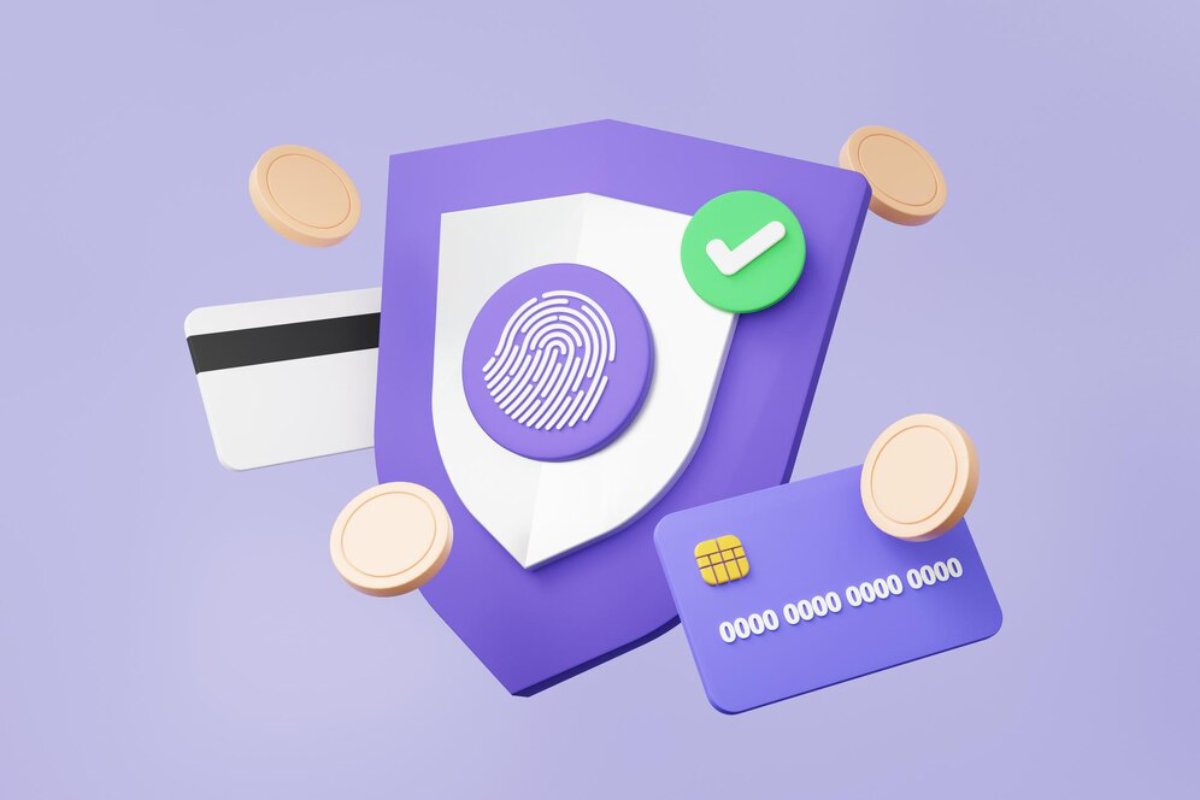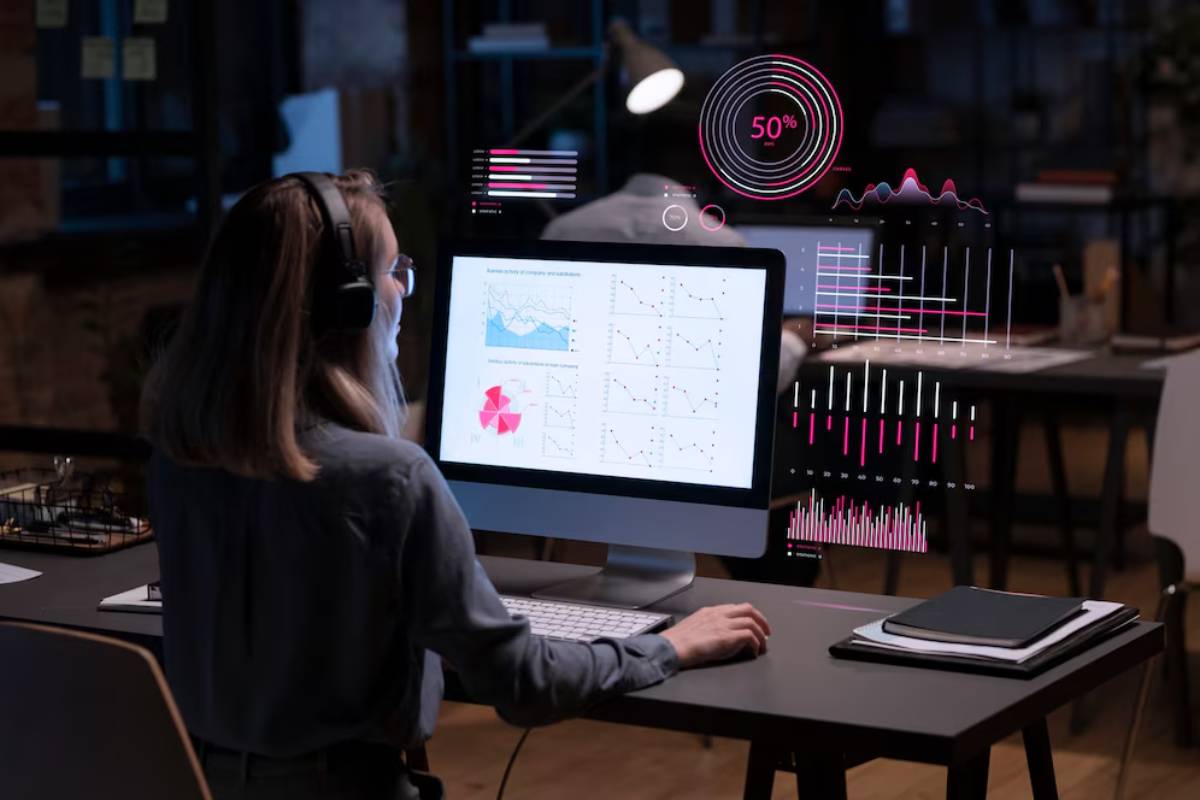
The Role of 3D Secure in Online Payments
Why 3D Secure Matters in Today’s Online Payment Landscape
Picture this: a customer is about to complete a purchase on your website. They’ve added items to their cart, entered their card details, and then face an unexpected prompt asking for extra verification. While this might seem like a small step, it’s a crucial layer of security known as 3D Secure authentication.
With cybercrime on the rise and online fraud costing businesses billions annually, ensuring secure online transactions is more important than ever. Enter 3D Secure—a technology designed to protect both merchants and customers during payment processing.
In this guide, we’ll demystify what 3D Secure is, how it works, and why it plays a vital role in payment verification. By the end, you’ll understand how this tool strengthens your payment security and enhances trust with your customers.
What Is 3D Secure Authentication?
3D Secure authentication is an additional layer of security for online card payments. Originally introduced by Visa as “Verified by Visa” and adopted by other card networks (Mastercard SecureCode, American Express SafeKey), it aims to reduce fraud and unauthorised transactions.
The “3D” stands for Three Domain Secure, referring to the three parties involved:
- Issuer domain: The bank that issued the card.
- Acquirer domain: The merchant’s bank.
- Interoperability domain: The infrastructure (e.g., card networks) supporting the transaction.
How 3D Secure Works
- The customer initiates payment on your site.
- 3D Secure is triggered by the payment gateway.
- Verification prompt appears: The customer verifies their identity (e.g., via SMS code, banking app, biometric authentication).
- Authentication response sent back to the merchant.
- Transaction proceeds if verification is successful.

3D Secure 2 (3DS2): The Next Generation
To improve the user experience and adapt to mobile payments, 3D Secure 2 (3DS2) was introduced. Unlike the original version, 3DS2 supports:
- Frictionless flows: If risk is low, customers aren’t interrupted.
- Biometric authentication: Face recognition or fingerprints.
- Mobile optimisation: Seamless integration with apps and devices.
Example: A customer using Apple Pay with Face ID completes payment without manual input, while still benefiting from secure online transactions.
Why 3D Secure Is Essential for Payment Verification
1. Fraud Prevention
By adding a layer of identity verification, 3D Secure significantly reduces the chances of unauthorised card use.
- Fact: Visa reports that merchants using 3D Secure see a 67% reduction in fraudulent transactions.
2. Chargeback Liability Shift
With 3D Secure, liability for unauthorised transactions often shifts from the merchant to the issuing bank.
- Benefit: This protects your business from financial losses due to chargebacks.
3. Customer Confidence
Customers are more likely to trust businesses that prioritise payment verification and security.
- Scenario: A shopper notices the 3D Secure prompt and feels reassured that extra steps are taken to protect their data.
4. Compliance with Regulations
In regions like the European Economic Area (EEA), Strong Customer Authentication (SCA) under PSD2 mandates additional verification steps.
- 3D Secure 2 helps merchants comply with these regulations without compromising user experience.
How to Implement 3D Secure for Your Business
Step 1: Choose a Payment Gateway Supporting 3D Secure
- Providers like Stripe, PayPal, Adyen, and Worldpay offer 3D Secure authentication.
- Ensure your gateway supports 3DS2 for modern features.
Step 2: Enable 3D Secure in Your Payment Settings
- Depending on your gateway, you may need to toggle settings or configure preferences to trigger authentication.
- Options might include enforcing 3D Secure on all transactions or using risk-based triggers.
Step 3: Test the Integration
- Use sandbox environments to simulate transactions and ensure the 3D Secure flow works smoothly.
- Check various scenarios—successful authentication, failed authentication, and frictionless flows.

Step 4: Monitor Performance
- Track metrics like authentication success rates and frictionless flow rates.
- Optimise your settings based on customer feedback and data trends.
Common Concerns About 3D Secure (And How to Address Them)
1. It Adds Friction to the Checkout Process
- Solution: 3DS2 supports frictionless flows for low-risk transactions.
- Tip: Communicate the benefits to customers—security can be a selling point.
2. Potential for Lost Sales if Customers Fail Verification
- Solution: Choose gateways that offer adaptive authentication, where risk is assessed before applying verification.
- Scenario: Repeat customers on low-value purchases may bypass verification.
3. Complex Integration
- Solution: Work with payment providers offering simple APIs and support.
- Tip: Use sandbox testing to iron out issues before going live.
Real-World Example: How 3D Secure Saved a Retailer from Fraud
A UK-based fashion retailer experienced a spike in fraudulent transactions during the holiday season. After enabling 3D Secure authentication, they noticed a 70% drop in fraud attempts. Legitimate customers appreciated the extra security step, and the company avoided significant chargeback losses.
This example highlights how secure online transactions protect not only businesses but also build lasting customer trust.
Trends in Payment Verification and 3D Secure
1. Biometric Authentication Expansion
3DS2 increasingly supports biometrics, making verification quicker and more secure.
2. Frictionless Commerce Growth
Gateways refine their risk assessment models to allow more transactions without manual intervention, enhancing the user experience.
3. AI-Powered Risk Analysis
AI analyses transaction patterns in real-time to predict risk levels and apply payment verification measures accordingly.
4. Increased Adoption of 3DS2 Globally
As global e-commerce grows, more regions are adopting 3D Secure as a standard for secure online transactions.
Conclusion: Strengthen Your Payment Verification with 3D Secure
In an increasingly digital world, 3D Secure authentication is a vital tool for protecting your business and your customers. By adding an extra layer of payment verification, you reduce fraud, shift liability, and build trust.
Embracing 3D Secure 2 ensures that security doesn’t come at the expense of convenience. With features like frictionless flows and biometric authentication, you can offer secure online transactions while keeping the checkout experience smooth.
Ready to enhance your payment gateway security? Share your experiences with 3D Secure or ask questions below. Don’t forget to subscribe for more expert insights into optimising your online payments!


